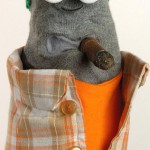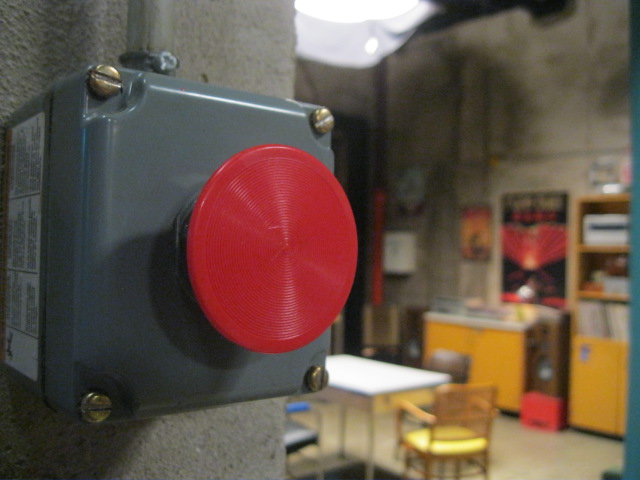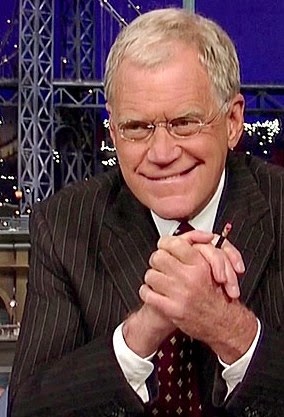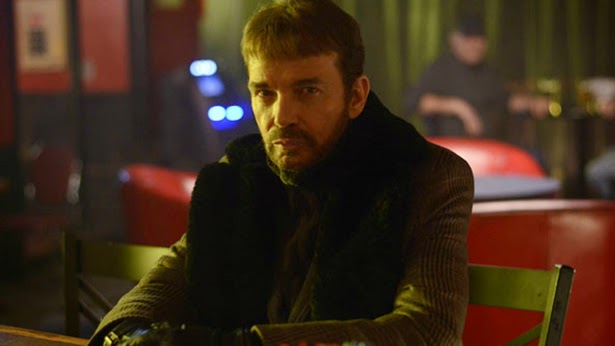 Never liked The Doors. Back in the day, I was too young to get their trippy appeal. Songs like “Riders on the Storm” certainly sounded different, more melancholy than the usual Top-40 radio chart toppers, but all that talk about Jim Morrison the poet just seemed a bit precious. “Hello, I love you won’t you tell me your name”?!
Never liked The Doors. Back in the day, I was too young to get their trippy appeal. Songs like “Riders on the Storm” certainly sounded different, more melancholy than the usual Top-40 radio chart toppers, but all that talk about Jim Morrison the poet just seemed a bit precious. “Hello, I love you won’t you tell me your name”?!
Nonetheless, if you’re looking for a way to flash back to the ’60s without inhaling, check out tonight’s American Masters special The Doors: When You’re Strange, airing at 9 p.m. on most PBS affiliates (check local listings). Okay, there’s a rather important hockey game on, so PVR it.
This film began as a documentary that aired at Sundance a year ago. The footage is all actual shots of the band hanging out and making music during the whole summer of love era. Morrison and bandmate Ray Manzarek were UCLA film school pals and some of their fellow students apparently shadowed them with cameras in their red hot rock ‘n roll glory. The intimacy of it all makes it seem as though actors had been hired to play The Doors. The doc was originally narrated by director  Tom DiCillo (who also wrote the film) but Johnny Depp does the voice over for tonight’s version, which is also getting a theatrical release.
Tom DiCillo (who also wrote the film) but Johnny Depp does the voice over for tonight’s version, which is also getting a theatrical release.
Doors’ drummer John Densmore (right) was at the January press tour along with long time manager Jeff Jampol and TV boss Dick Wolf, who stepped away from all his Law & Order shows long enough to be an executive producer on When You’re Strange. Those three on the same stage is enough to make anybody who remembers the ’60s swear off drugs. Here is an excerpt from the cover story I wrote for last Saturday’s Starweek magazine:
The footage is so clean and sharp—and also so up close and intimate–some viewers who saw the Sundance version complained that it had to be a re-enactment, with look-a-like actors hired to play the four band members. Adding to the confusion were later shots of Morrison in a full beard, a look most fans do not associate with the singer.
Jampol adds that a conscious decision was made not to use any new or talking head footage in the documentary. The filmmakers wanted to avoid referring to the band in the past tense and strove to keep the narrative rooted in the late ‘60s/early ‘70s. “You get pulled into this era,” says Jampol, “and all of a sudden you’re there, and the magic comes alive.”
Densmore says he’s pleased that the film captures more of the young Jim Morrison than was depicted in the 1991 Oliver Stone feature. “He was a blast in the beginning,” says Densmore, “before his self-destruction kicked in, you know? He became an alcoholic, really.
“Creativity sometimes comes in the same package with self-destruction,” says Densmore. “Dionysus and Apollo. It doesn’t have to. Picasso lived to be 90. In Jim’s case, 27 was it.” That was Morrison’s destiny, says Densmore, to be this “quick shooting star and make a big impact.”







1 Comment
I saw Morrison in concert several times, and once spoke with him at a cafe in L.A. where he was sitting with his poet mentor Michael McClure.
Both of them agreed to come to Vancouver to take part in a poetry reading.
Morrison was so charismatic in person, and easily the best looking rock star of his generation.
And he sure knew how to drink, to loosen up before taking the stage with all eyes on him.
The Doors music, it could be argued was more evocative of the turbulent times in the ’60’s than dare I say The Buffalo Springfield.
And let’s not forget, where would Apocalypse Now be without The Doors music – The End was so true to the times.